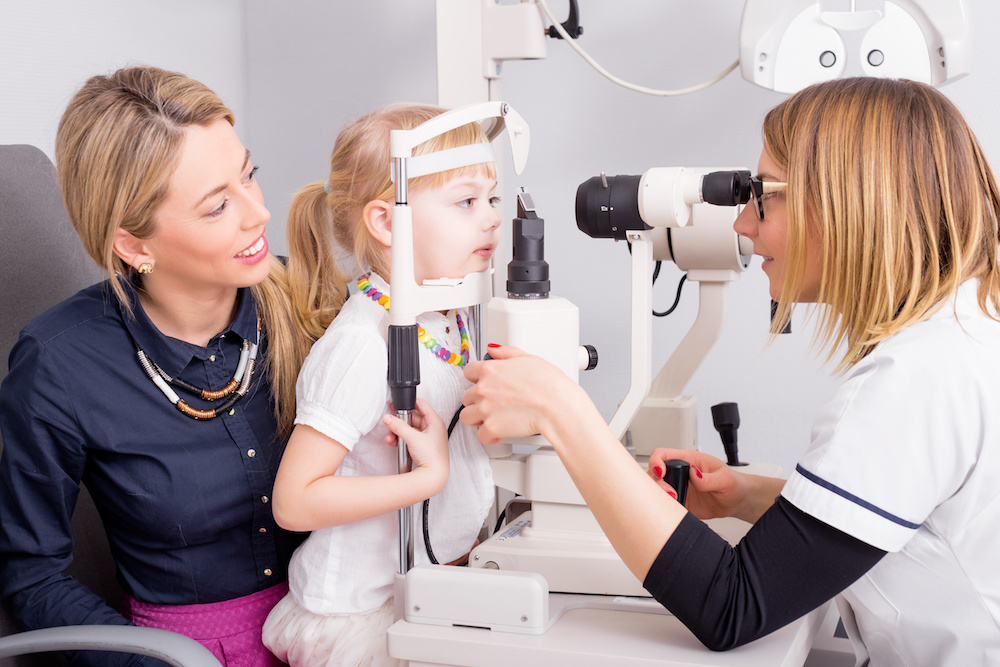How to Spot Vision Problems in your Child
It can be very difficult for parents to tell how well their infant or toddler can see. Given the amount of important visual information a child takes in during his or her first few years, it’s imperative that they can see clearly. The first six years of life are critical development years and untreated vision problems can hold children back, affecting their reading proficiency and academic achievement.
One in four children ages 6 to 18 requires corrective lenses for vision impairment. A study published in Optometry and Vision Science concluded that visual skills are significantly related to whether a child will show successful or reduced reading performance.
All children should have periodic vision screenings and eye health checkups. Ask your child’s pediatrician for the recommended schedule or refer to the American Optometric Association’s eye exam recommendations. If you have concerns about your child’s vision at any time, schedule an appointment to have it evaluated.
Keep the following in mind when you interact with your child:
- Babies three months and older should be able to follow or track an object with their eyes as it moves across their field of vision. They should also be able to make steady eye contact with you!
- Toddlers and Preschoolers with vision impairments may sit too close to the television, squint their eyes or tilt their heads when looking at something, frequently rub their eyes, avoid activities like puzzles and coloring, have difficulty with eye-hand coordination, or have a short attention span.
- School-age children with vision problems may avoid reading and other near visual work, demonstrate comprehension difficulty, squint while reading or when looking at a chalkboard or television, experience discomfort or fatigue during schoolwork, or have a shortened attention span.
Certain vision impairments may be mistaken for behavior problems, especially if the child’s impairment results in a reduced attention span and associated behaviors. Vision impairments are sometimes misdiagnosed as Attention Deficit Hyperactivity Disorder (ADHD), highlighting a need for careful observation and evaluation of children showing any signs of abnormal behavior.
Help is Available
If you are concerned about your child’s vision and find the financial aspect of evaluation and treatment to be a challenge, contact your local Lion’s Club. The Lion’s Club OneSight Program offers support, free and reduced-cost eyeglasses, and other resources for people with vision impairments. To contact the Troup County Lion’s Club, call (706) 756-5326.
If you suspect your child may have difficulty seeing or hearing, make an appointment with his or her pediatrician. Bring a list of the behaviors that are causing your concerns so that you can provide the doctor as much information as possible. Your child’s pediatrician can make a referral to an appropriate eye doctor if your child is not already being seen by one.
Spend a lot of time reading and talking to your children; it provides endless opportunities for you to observe them looking at their world. You will be more likely to spot vision difficulty (and any other concerns) when you spend many hours looking at books and learning together!
Trust your parental instincts and schedule a doctor visit if you have concerns!
Resources:
Kulp, M.T., Schmidt, P.P. (1996). Visual predictors of reading performance in kindergarten and first grade children. Optometry and Vision Science , 73, 255-262.

